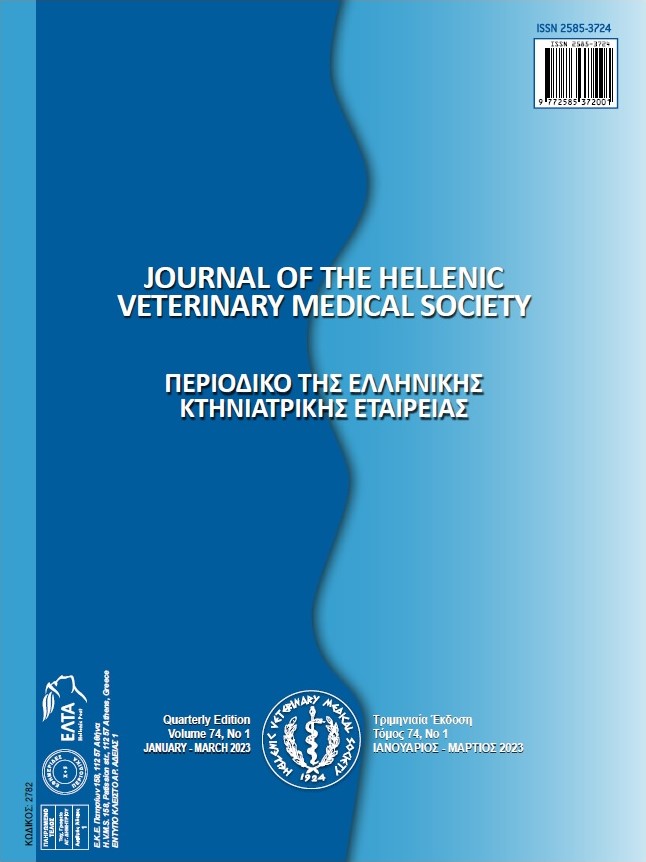Accidental Oleandrum (Nerium Oleander L.) Ingestion: Anatomo-Pathological consequences in livestock species

Abstract
The oleander (Nerium oleander L.) is a flowering and evergreen shrub or small tree, belonging to the Dogbane family, cultivated as ornamental plants in gardens and public city areas. These plants, distributed originally in Asia and Mediterranean area, grow in many parts of the world, particularly in warm temperate and subtropical regions. Oleander is considered noxious weed and its toxicity has been known since ancient times. All parts of plants, including stems, leaves, young shoots, flowers, nectar, sap and products induced by combustion are toxic. The poisoning effects of plant induced sever negative changes especially in the heart, also in the lung, in the liver and in the kidney. Accidental and experimental cases of oleander poisonings have been described in several species. Several cases of accidental ingestion in human and animals have been reported from across the world. Therefore, this review summarizes the main anatomo-pathological effects found in livestock species after accidental oleandrum poisoning.
Article Details
- How to Cite
-
Tinelli, A., Passantino, G., Perillo, A., & Zizzo, N. (2023). Accidental Oleandrum (Nerium Oleander L.) Ingestion: Anatomo-Pathological consequences in livestock species. Journal of the Hellenic Veterinary Medical Society, 74(1), 5089–5094. https://doi.org/10.12681/jhvms.29465 (Original work published April 11, 2023)
- Issue
- Vol. 74 No. 1 (2023)
- Section
- Review Articles

This work is licensed under a Creative Commons Attribution-NonCommercial 4.0 International License.
Authors who publish with this journal agree to the following terms:
· Authors retain copyright and grant the journal right of first publication with the work simultaneously licensed under a Creative Commons Attribution Non-Commercial License that allows others to share the work with an acknowledgement of the work's authorship and initial publication in this journal.
· Authors are able to enter into separate, additional contractual arrangements for the non-exclusive distribution of the journal's published version of the work (e.g. post it to an institutional repository or publish it in a book), with an acknowledgement of its initial publication in this journal.
· Authors are permitted and encouraged to post their work online (preferably in institutional repositories or on their website) prior to and during the submission process, as it can lead to productive exchanges, as well as earlier and greater citation of published work.


